Iron Horse Cowgirls
Louise Scherbyn and the Women Motorcyclists of the 1930 and 1940s
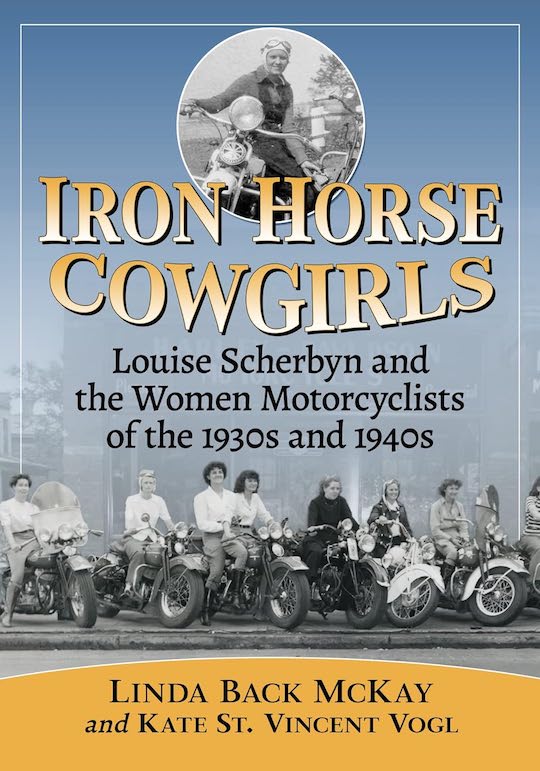 by Linda Back McKay and Kate St. Vincent Vogl
by Linda Back McKay and Kate St. Vincent Vogl
Does this book’s Iron Horse Cowgirls title intrigue you? As the subtitle indicates, that of which it tells takes place in the 1930s and ‘40s, a time when women were all but forbidden to wear anything but skirts and dresses. Yet there were women who wanted to maintain decorum even while sitting astride their rides. In the case of those told about in this book, those rides were motorcycles and no motorcycle is conducive to being ridden and controlled from a sidesaddle position.
Louise Scherbyn, nee Menzer, wrote and rode using the surname that became hers when she said “Yes” to George as they wed in 1930. It is your commentator’s sense that he was a pretty special man for he was the one who sensed Louise’s enjoyment of their two-wheeled transportation and taught her to ride. She took to it like that proverbial duck so he suggested she should buy a motorcycle.
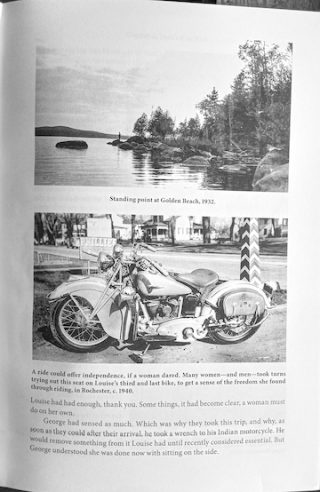
Image on bottom offers an excellent look at Louise’s third bike as snapped in 1940. She was ever and always loyal to the Indian brand. Her first bike, that Hendee-made Pony, also made the line of bikes called Indians which quickly became its primary brand thus becoming the company name, too.
When she hesitated, he took the initiative and sold their sole transportation—his Indian Chief and its sidecar that they’d enjoyed together. With the proceeds he purchased for the lady he loved a Hendee Pony and for himself a Harley-Davidson. No sidecar in sight. A footnote here: Louise never did learn to drive—much less own—a motorcar but she would and did carefully log her motorcycling mileage. All 225,000 of them over her 100-year lifespan.
At least in the still growing US, those earliest motorcyclists, no matter their gender, had all manner of obstacles and challenges to surmount in order to be able to enjoy their bikes and not be treated as some sort of outlaw or outcast. Public perception being one challenge they shared in common. By their gender, the ladies had another for no motorcycling club or organization would accept them as full members. Louise sought to change that. It would take years, amounting to decades, and that’s the story this book tells.
Over her lifetime, Louise wrote for various motorcycling and club publications and retained all her correspondence and other documents and photographs. She had gifted everything to another enthusiast friend named Bill Mason (1924–2016). He eventually contacted Linda Back McKay, who rode tandem with her husband and was a writer and writing coach of considerable abilities, turning all of Louise’s material over to her.
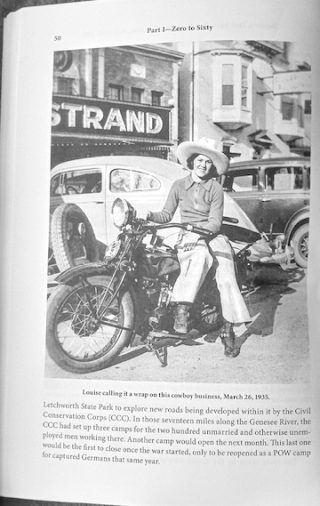
Newly elected head of the woman’s auxiliary of the Kodak City (Rochester, NY) Motorcycle Club (KCMC), Louise is posed on her first bike in front of the Strand Theater late in March 1935 where the KCMC participated in a reenactment as the Strand’s screened Home on the Range based upon a Zane Grey book.
Linda contemplated how best to tell the story of the ”courageous and underappreciated pioneers of women’s motorcycling” who were “ordinary, well-respected, resilient women who rode purely for the love of it, just like many women riders of today,” and some of whom she’d been fortunate to have interviewed, too. Then Linda, born 1947, developed brain cancer of the same type as John McCain. Prior to her 2019 passing, one of those she mentored, Kate St. Vincent Vogl, agreed to complete the project and get it published.
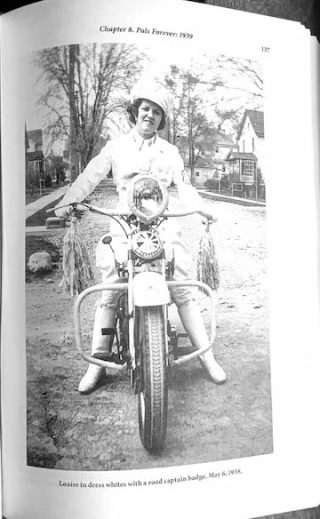
Resplendent in her dress white uniform, Louise is ready to lead the Apple Blossom Parade on May 8, 1938. Presentation mattered and helped gain the bike riding ladies general acceptance.
The resulting book is a history of motorcycling in America and a social history as well. It also provides life lessons in how to prevail and overcome seemingly insurmountable obstacles. Keys to success are perseverance, unfailing politeness, coupled with an always neat and professional personal presentation. That last one is why Louise advocated the ladies wear riding uniforms some of which she had designed and had made for the various auxiliaries to which she belonged.
Louise, known to be a conservative but very accomplished rider, found pleasure in all areas of biking from long cross-country rides, to competitions, gatherings for fun and socializing, and service, to community and country alike. As her miles and experiences astride increased, so too did her skills. As the page pair immediately next show Louise’s riding control and skill led to her becoming a trusted participant in trick riding performances.
And when her country entered the effort to rid the world of Hitler and his aggressions, she helped organize and convince the military they could help not just with “manpower” but could do so more economically too. By becoming couriers on motorbikes they safely, regularly, and reliably delivered communications aboard their two-wheeled transportation freeing both those military men and the more thirsty cars and trucks they used for other uses and duties.
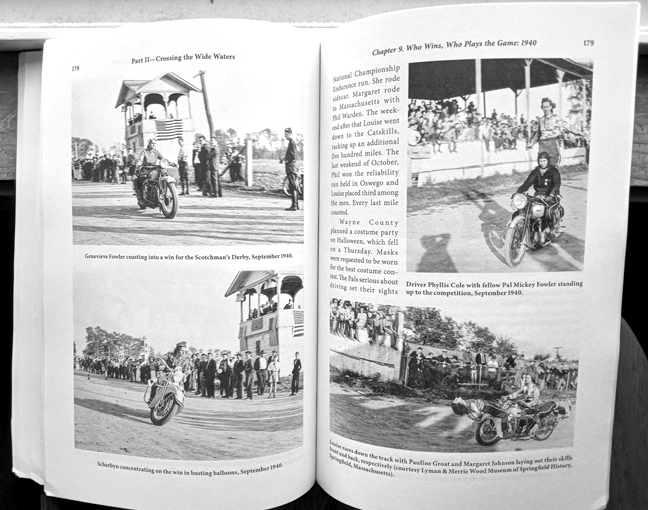
September 1940 saw the inaugural All Girls Show held and sanctioned (at last) by the AMA. Just look at the ladies demonstrating their abilities of superb bike control. Louise is the rider in images at bottom of both pages.
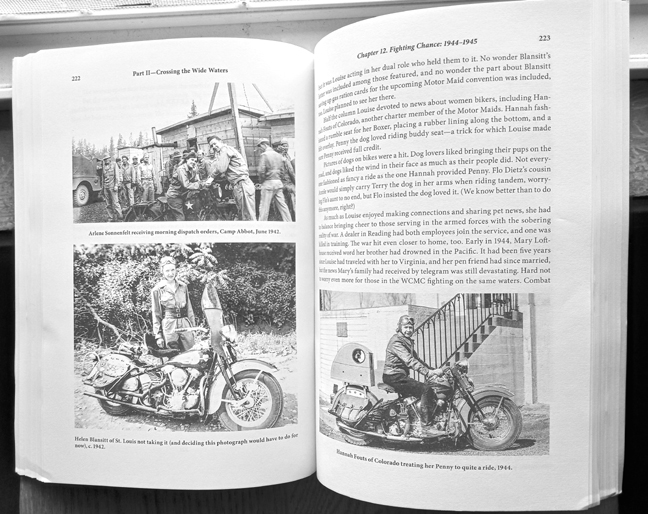
With their country at war, the lady bike riders and the guys not already conscripted or enlisted sought ways to be of service. Carrying dispatches was one way they served even as they economized on gas rations for their two-wheelers were, by far, more economical to operate. One dispatch rider, as seen in lower right, took her dog with, safely in its carrier.
Ultimately Louise would found the first stand-alone women-only motorcycle organization, the Women’s International Motorcycling Association. Today WIMA is going strong with members and groups, called divisions, in 39 countries all around the globe.
Copyright 2023 Helen V Hutchings, SAH (speedreaders.info)


 RSS Feed - Comments
RSS Feed - Comments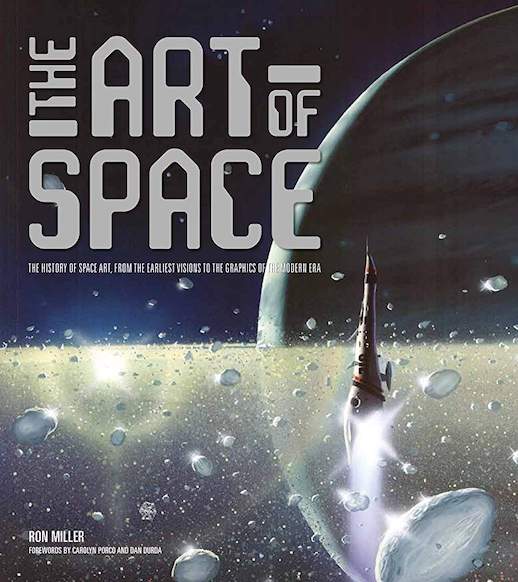
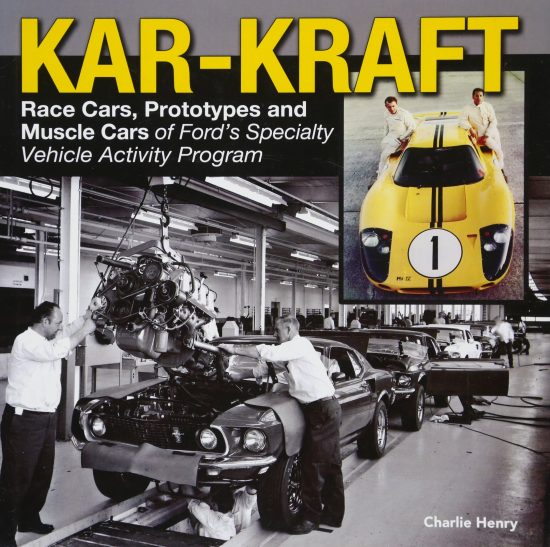

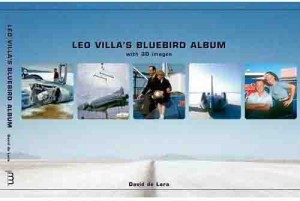

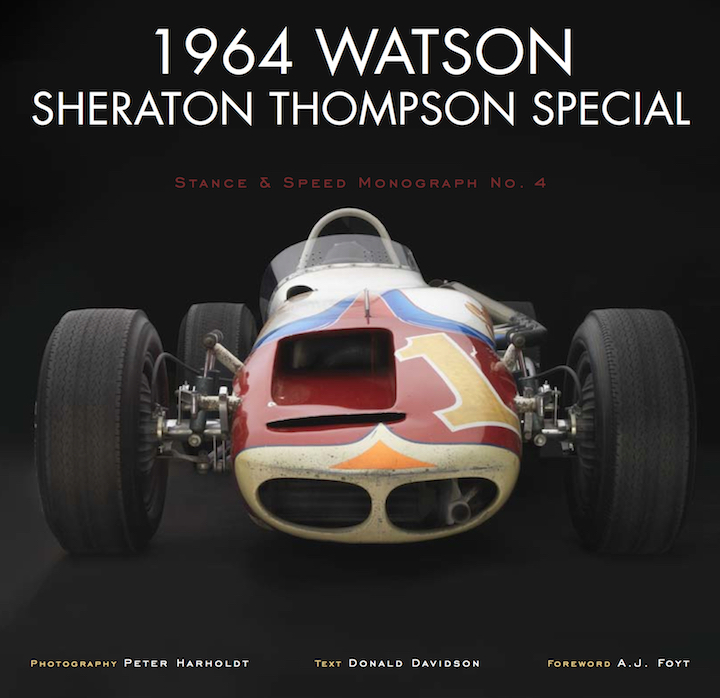
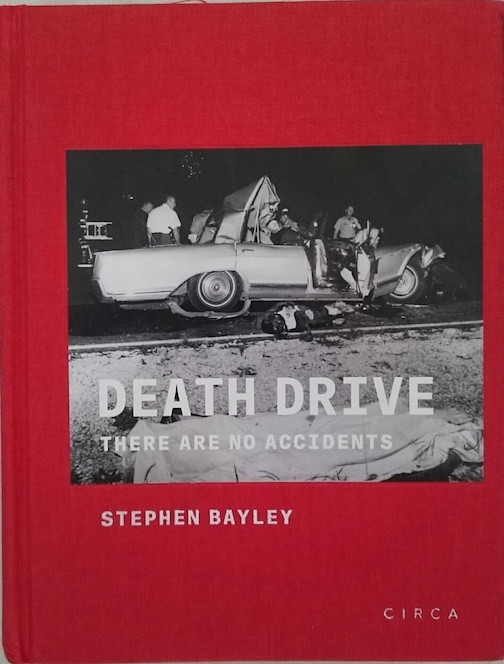


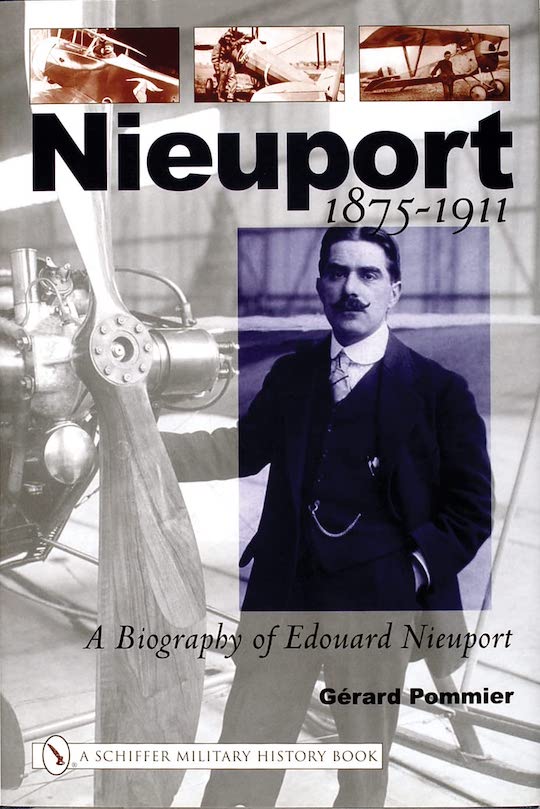

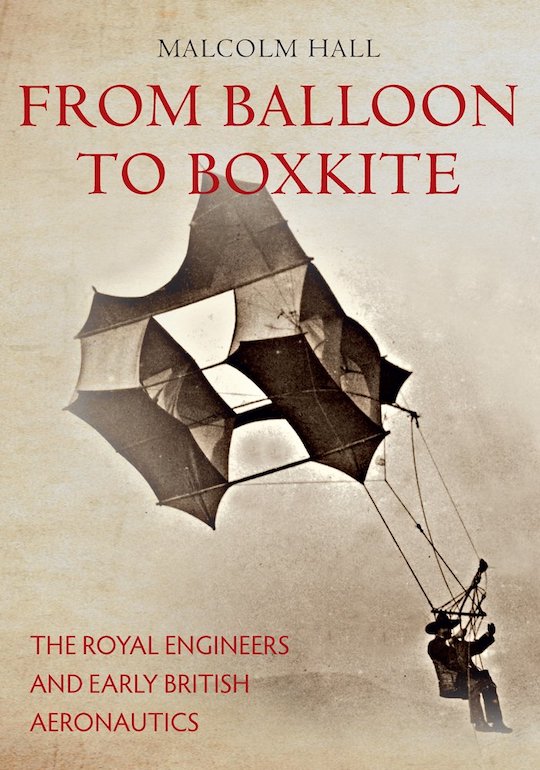

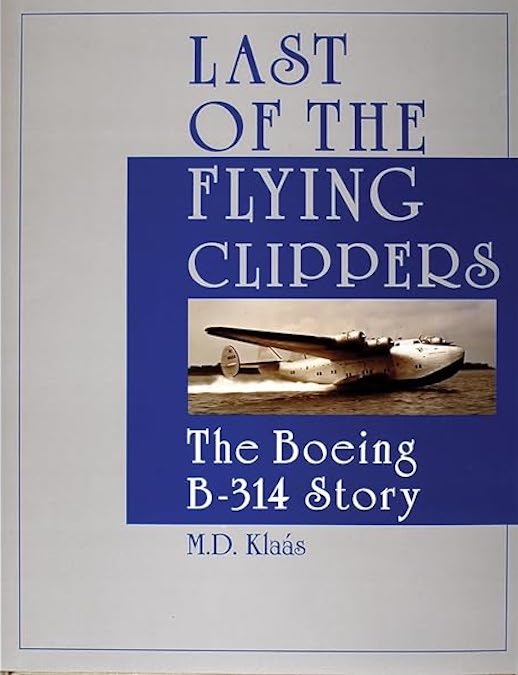


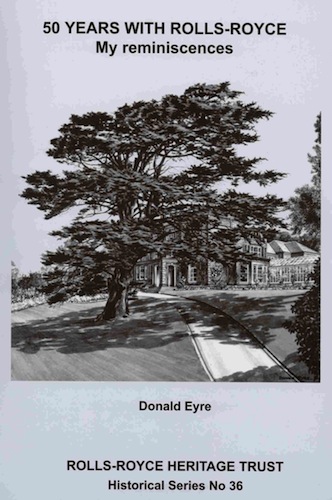



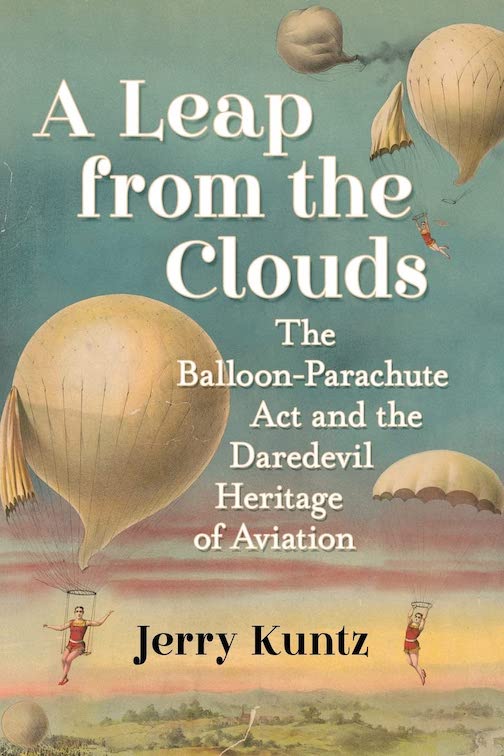


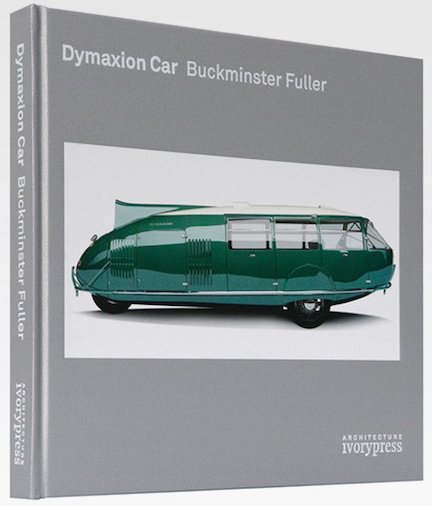


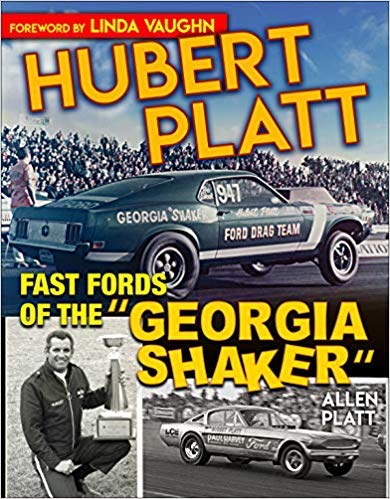
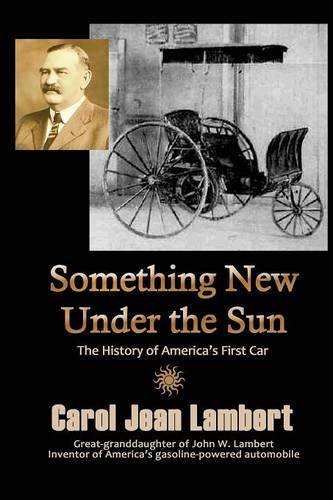
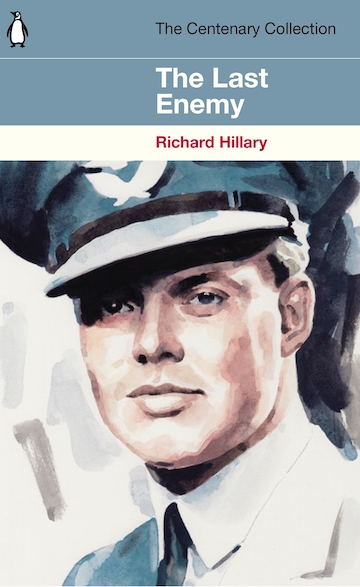

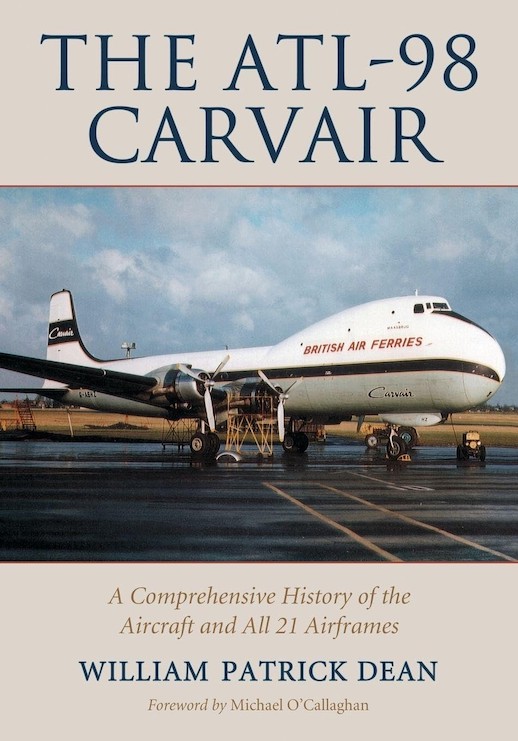


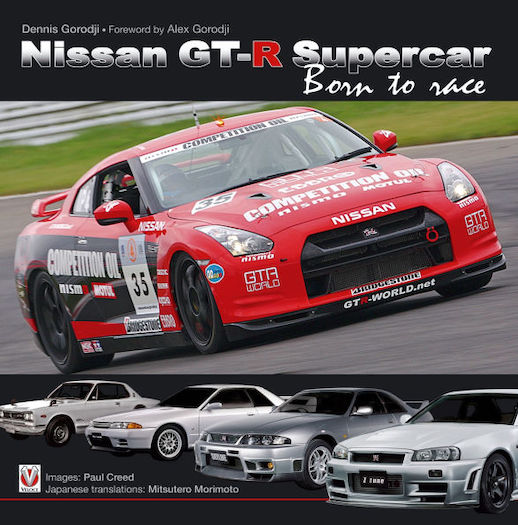


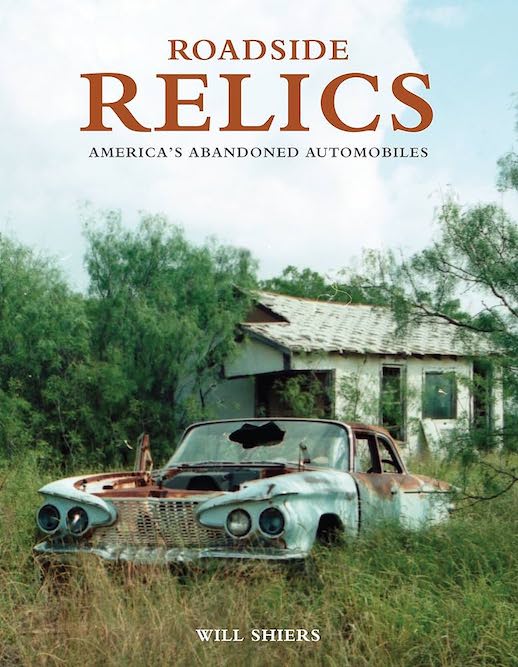

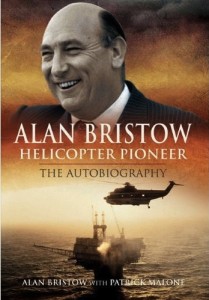
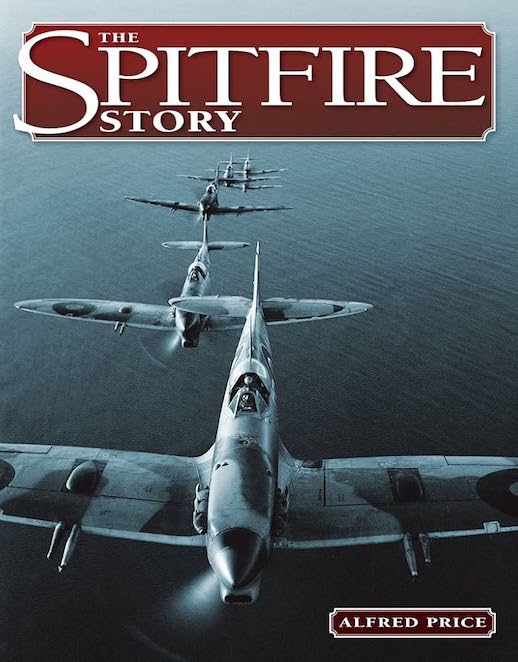
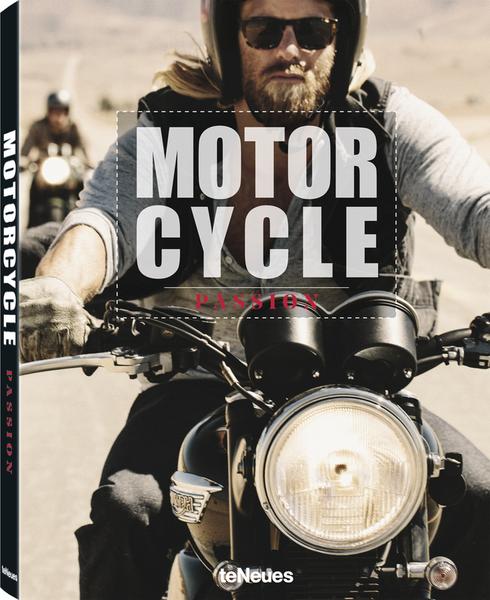

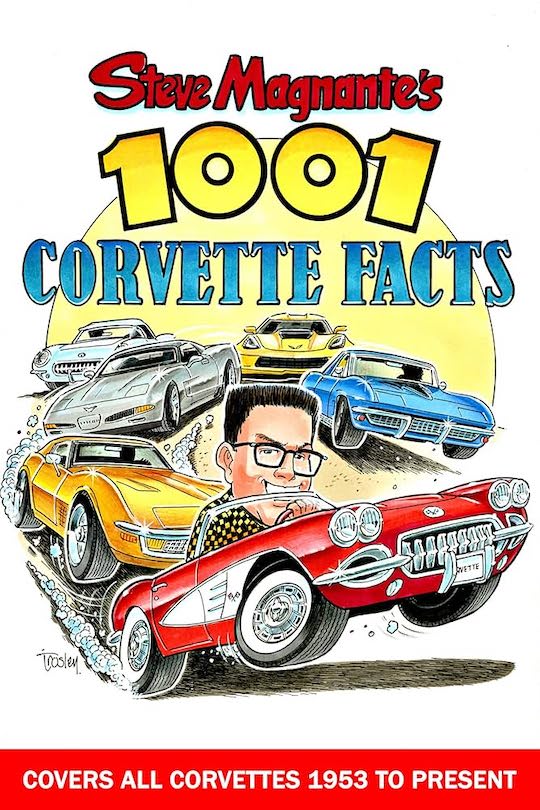

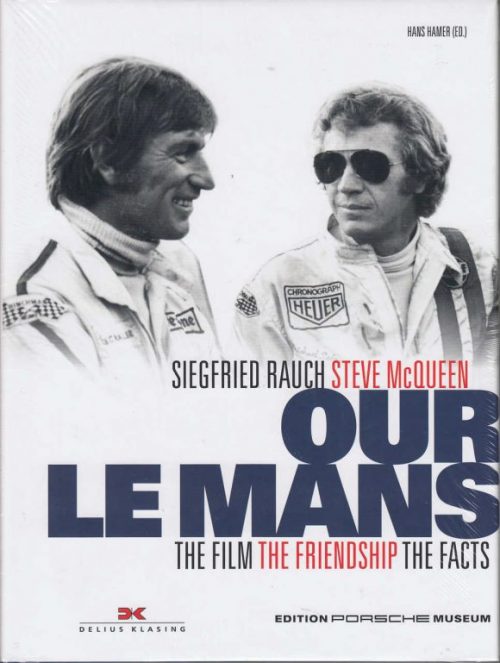

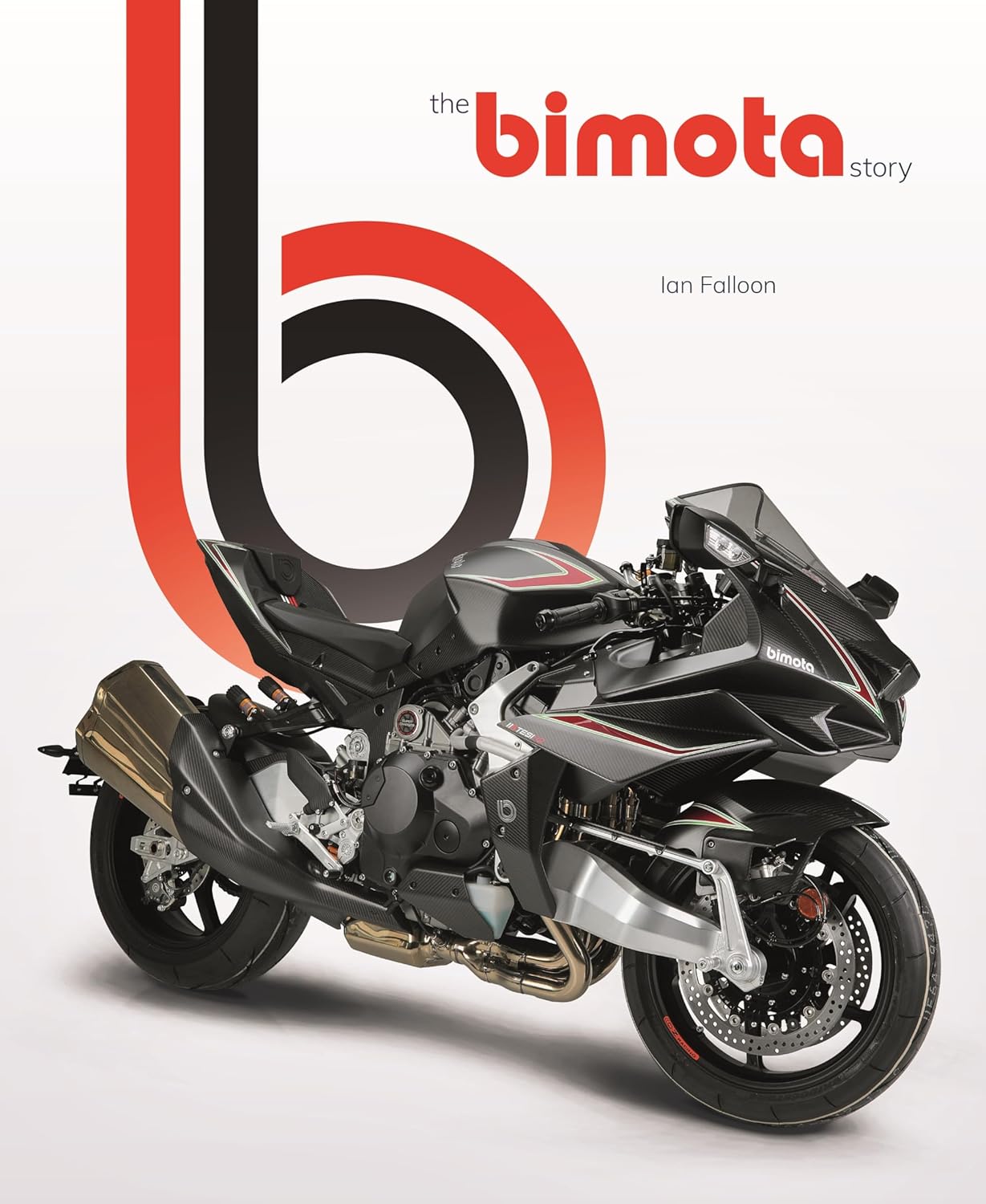
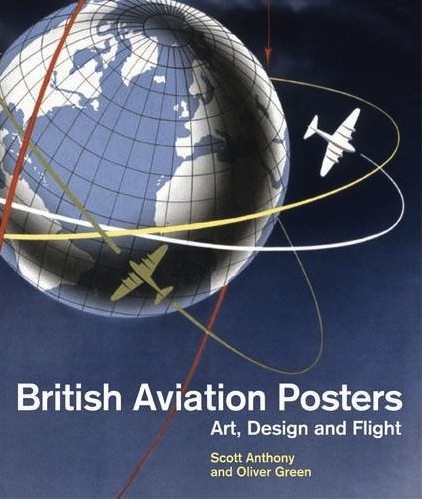

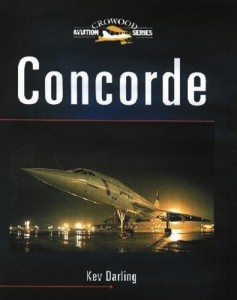
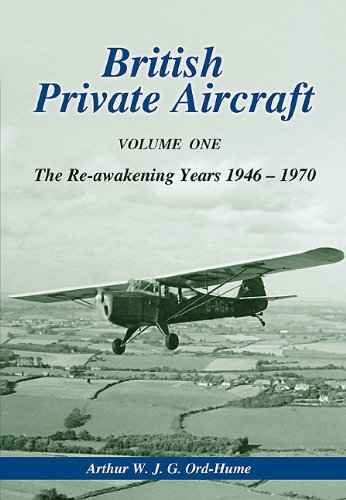

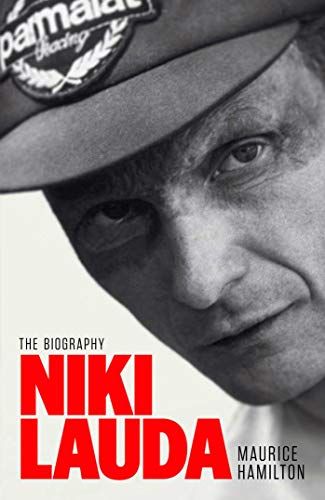

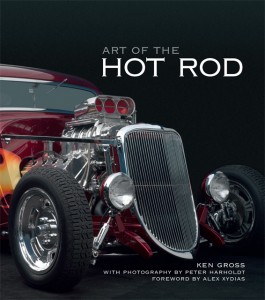



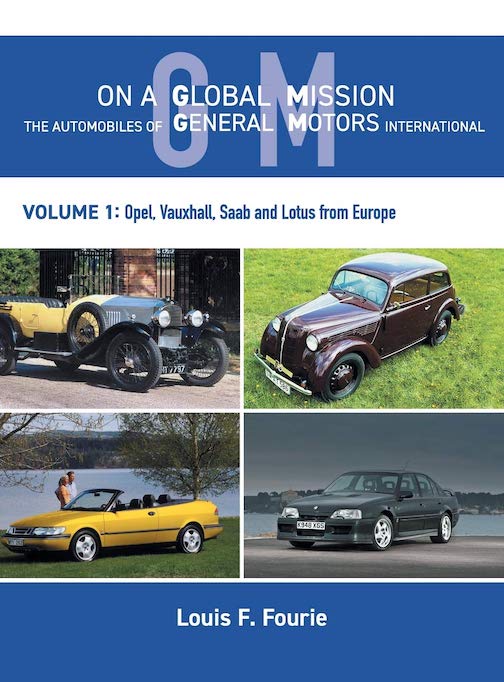



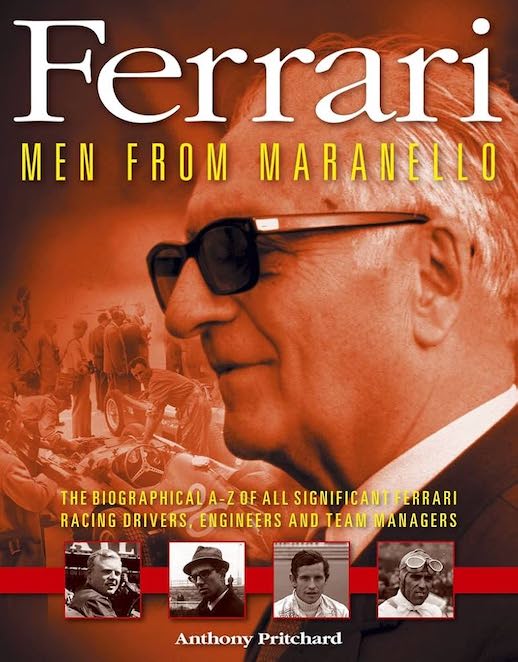

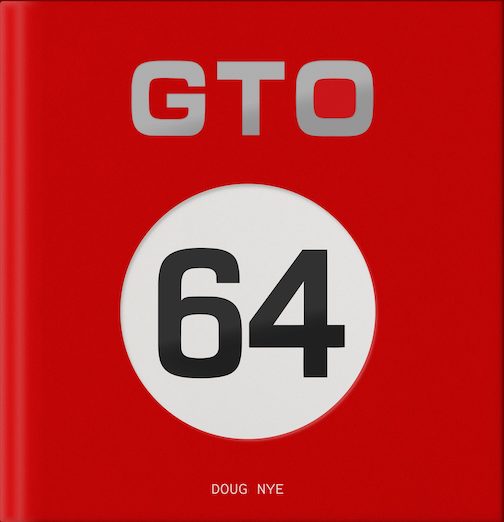
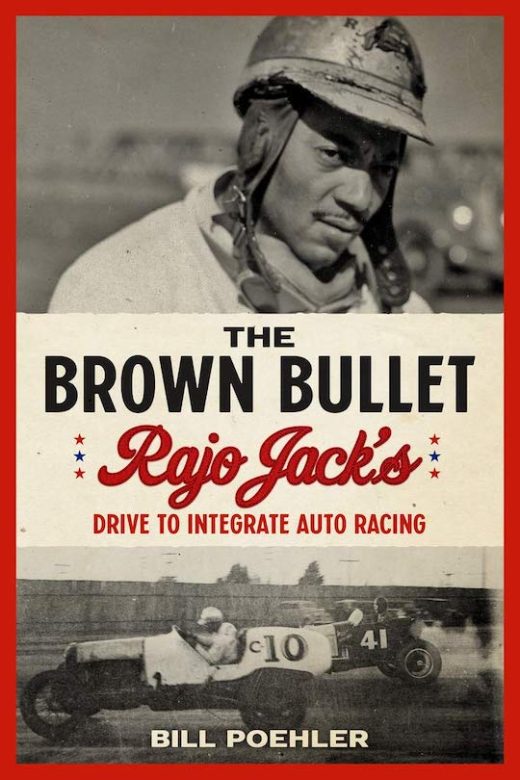
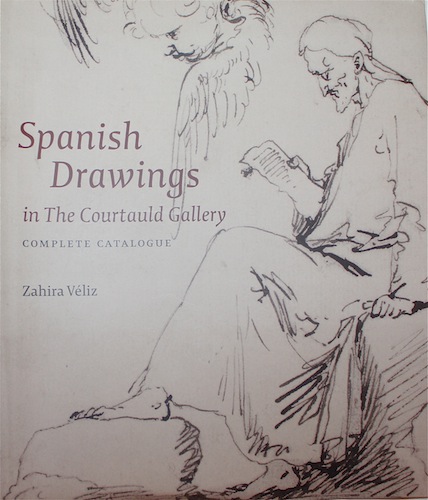
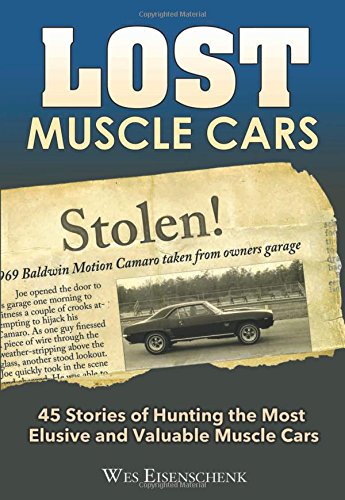



 Phone / Mail / Email
Phone / Mail / Email RSS Feed
RSS Feed Facebook
Facebook Twitter
Twitter